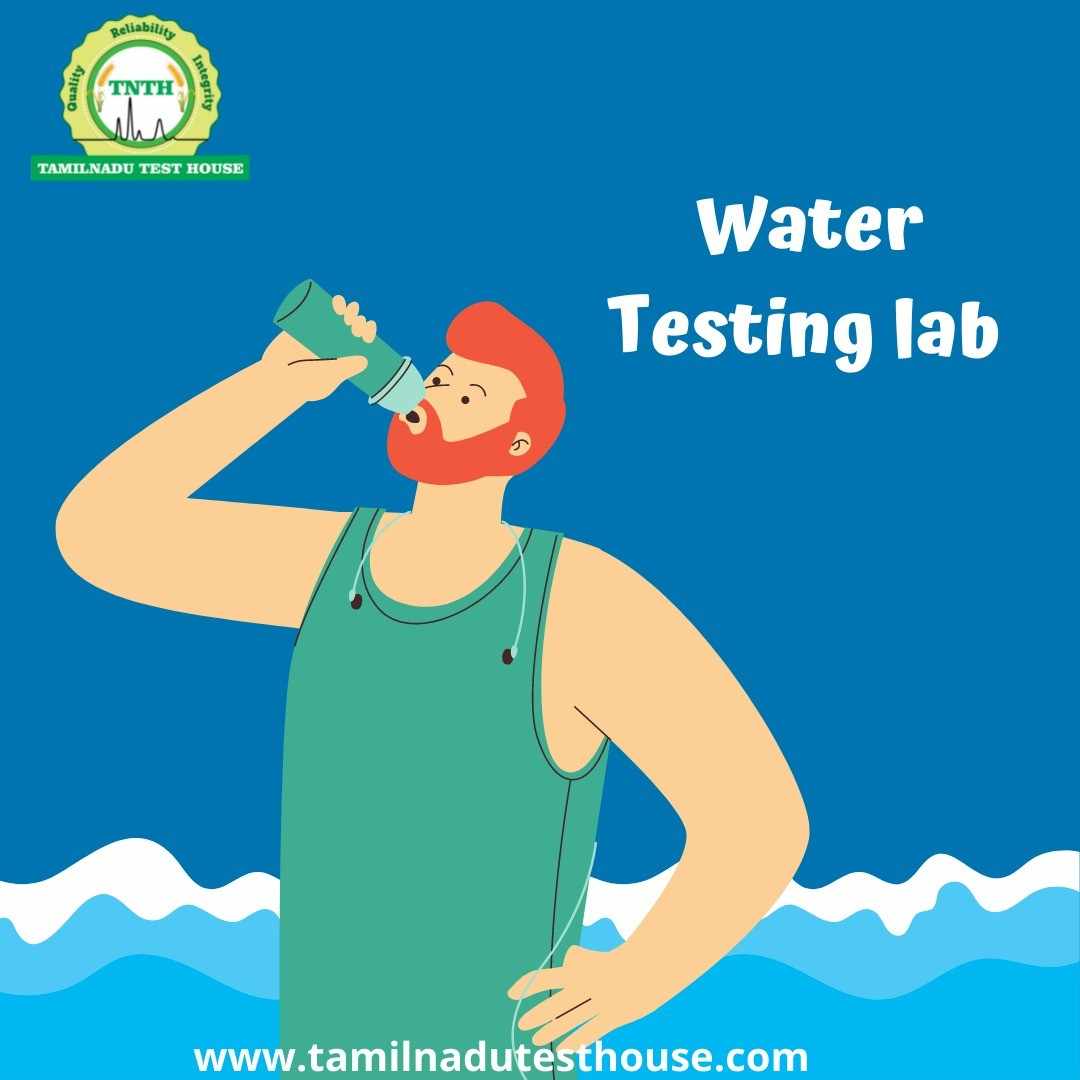
Water testing is a crucial process to ensure the safety, quality, and usability of water for various purposes, including drinking, industrial use, agriculture, and environmental monitoring.
There are several types of water testing, each aimed at detecting specific contaminants or properties. The most common types include bacteriological testing, chemical testing, physical testing, and radiological testing.
Bacteriological testing focuses on identifying harmful microorganisms such as E. coli, coliform bacteria, and other pathogens that can cause diseases. This type of testing is vital for drinking water sources, especially wells and natural bodies of water, to prevent waterborne illnesses.
Chemical testing evaluates the presence of hazardous substances like heavy metals (lead, arsenic, mercury), nitrates, fluoride, chlorine, and pesticides. It is essential for both human health and environmental protection since chemicals can seep into water from agricultural runoff, industrial waste, or plumbing systems.
Physical testing assesses characteristics such as color, turbidity (clarity), temperature, taste, and odor. While these factors may not always indicate a direct health risk, they often reflect water quality and suitability for specific uses.
Radiological testing, though less commonly needed, checks for radioactive materials like radon, uranium, and alpha or beta particles, which can pose serious long-term health risks.
To test the water, you can use home testing kits, water testing lab, or on-site field testing equipment.
Home test kits are easy to use and suitable for basic testing of pH, hardness, chlorine, and sometimes bacteria. These kits usually come with strips or color-changing tablets that provide quick visual results. However, they may not be as accurate or comprehensive.
For more reliable and detailed analysis, sending a water sample to a certified laboratory is recommended. Labs can conduct in-depth chemical and microbiological tests using advanced equipment like spectrometers and chromatography systems.
Field testing equipment, often used by professionals or environmental scientists, provides on-site analysis and is useful for real-time monitoring of water bodies.
Regular water testing is important, especially if you rely on private wells, live near industrial or agricultural zones, or notice changes in the water's taste, smell, or color.
Conclusion:
Ensuring clean water through accurate testing not only protects health but also preserves ecosystems and supports sustainable water management.


Write a comment ...